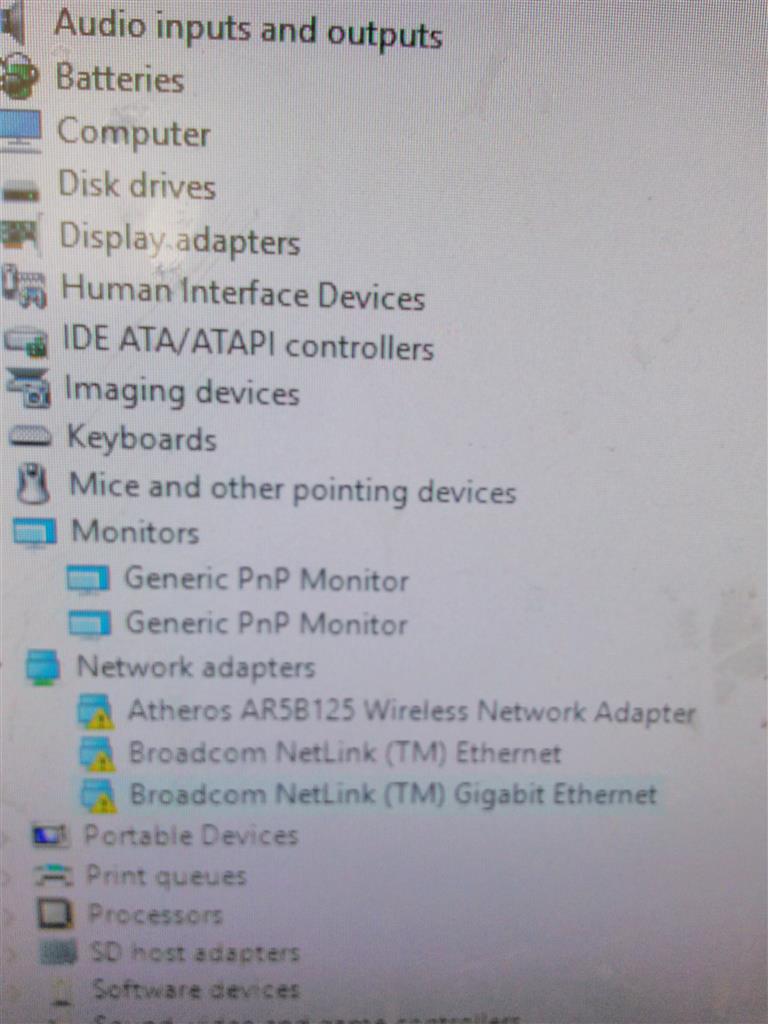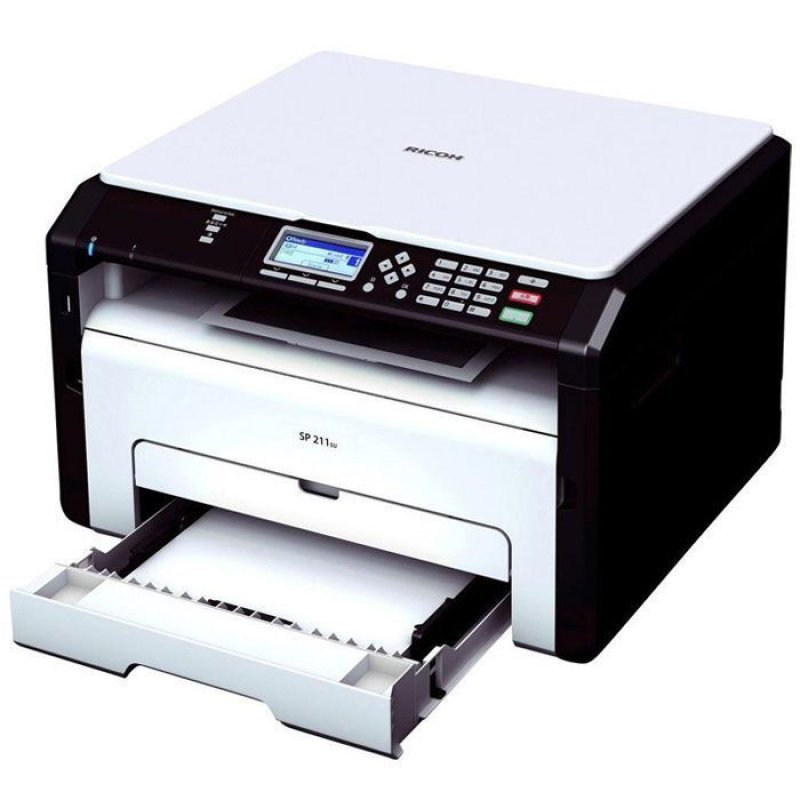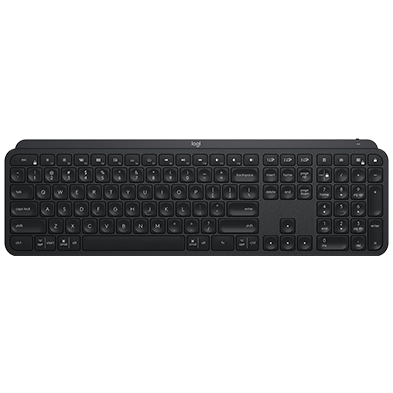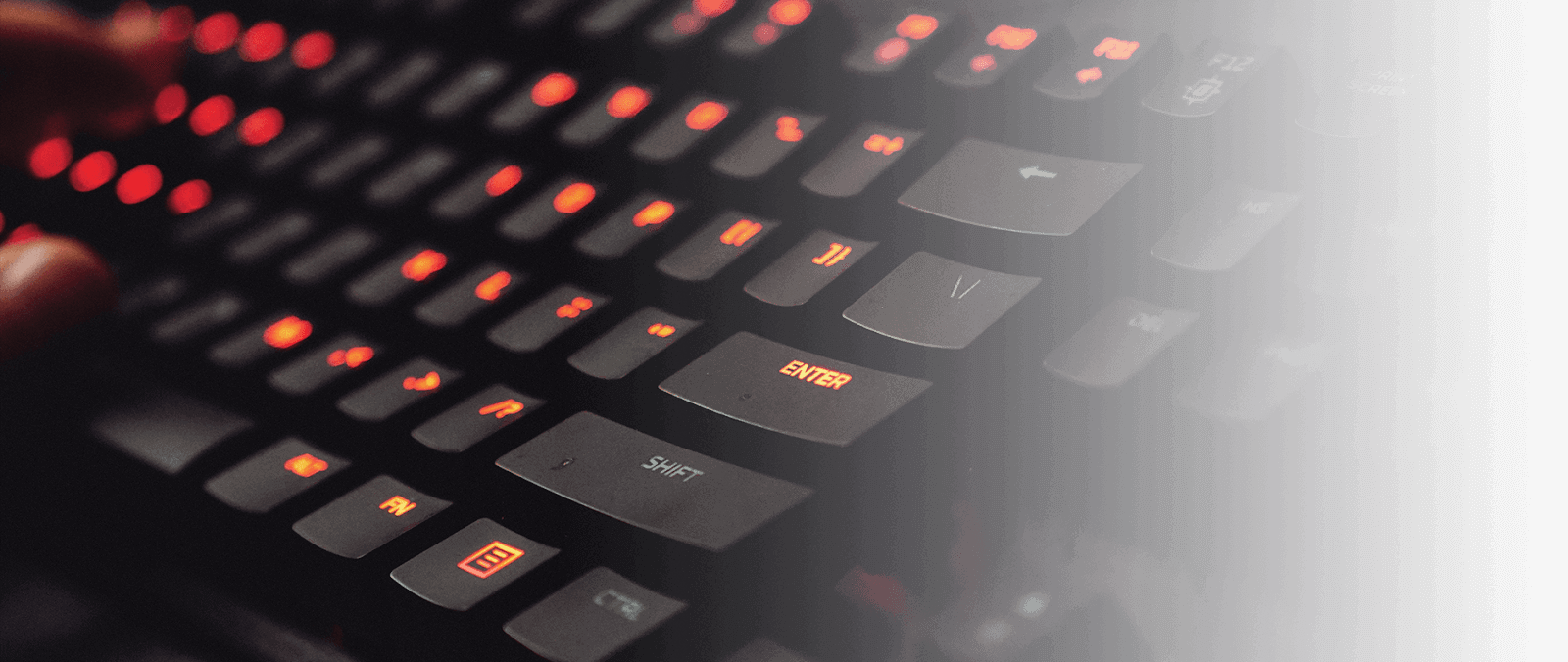If the USB Keyboard on your Windows computer is not being recognized or not working, you will find below a number of methods that should help you fix the problem of USB Keyboard not working in Windows 10.
Keyboard Not Working in Windows 10
While the problem of USB Keyboard not working in Windows 10 has been linked to Windows update by some users, it can also appear at any other time.
- The package provides the installation files for Microsoft USB Keyboard Driver 9.9.108.0. If the driver is already installed on your system, updating (overwrite-installing) may fix various issues, add new functions, or just upgrade to the available version.
- The Microsoft Mouse and Keyboard Center is an app that helps you make the most out of your Microsoft keyboard and mouse. Mouse and Keyboard Center helps you personalize and customize how you work on your PC. This app is not available for Windows 10 in S mode. Download the latest release of Mouse and Keyboard Center: 32-bit version.
The package provides the installation files for Microsoft USB Keyboard Driver 9.9.108.0. If the driver is already installed on your system, updating (overwrite-installing) may fix various issues, add new functions, or just upgrade to the available version. Download the latest drivers, firmware, and software for your.This is HP’s official website that will help automatically detect and download the correct drivers free of cost for your HP Computing and Printing products for Windows and Mac operating system.

Fortunately, there is a solution for this problem and you should be able to fix the problem of Keyboard not working in Window 10 using the following methods.
- Disconnect USB Devices and Restart
- Make Sure USB Ports are Working
- Disable Filter Keys
- Uninstall Unnecessary Keyboard Devices
- Manually Update Keyboard Drivers
- Uninstall Wireless Keyboard Receiver
- Disable Fast Startup
- Check For Updates
Make sure that you do not skip the first and the second methods as listed below.
1. Disconnect USB Keyboard and Restart
Disconnect the USB Keyboard and Restart your computer.
Once the computer restarts, plug back the USB Keyboard into the same USB port of your computer. If this does not work, try connecting the USB Keyboard to other USB ports on your computer.
2. Make Sure USB Ports are Working
Before going to other steps, make sure that USB ports on your computer are working. You can do this by unplugging the USB Keyboard from its USB port and plugging in some other USB device (Mouse, USB Drive) into the same Port.
If the USB Port is not working, you can refer to this guide: How to Fix USB Ports Not Working in Windows 10
If the USB Ports are working, the problem is with the USB Keyboard and you can try other methods as listed below to fix the problem of USB Keyboard not working in Windows 10.
3. Disable Filter Keys
The Filter Keys setting in Windows 10 is known to cause problems with certain Keyboards. Hence, follow the steps below to disable Filter Keys.
1. Right-click on the Start button and then click on the Settings Icon.
2. On the Settings screen, click on Ease of Access.
3. On the next screen, select Keyboard in the left pane and Turn OFF Filter Keys.
Restart your computer and see if the USB Keyboard is now working
4. Uninstall Unnecessary Keyboard Devices
The problem of USB keyboard not working in Windows 10 could be due to the presence of multiple keyboard devices being installed on your computer.
Follow the steps below to delete all the unnecessary external keyboard devices on your computer.
1. Right-Click on the Start button and click on Device Manager option.
2. On the Device Manager Screen, click on View and choose Show Hidden Devices option in the contextual menu.
3. Next, Uninstall all the Keyboard devices on your computer. In case the native keyboard attached to your Laptop is working, you can leave the Standard PS/2 Keyboard device.
After removing all the external Keyboard devices, Restart your computer. Windows 10 will automatically install back the right Keyboard Device on your computer.
5. Manually Update Keyboard Driver
Restarting the computer in above method should automatically install the latest driver for USB Keyboard on your computer. If this has not happened, you can follow the steps below to manually update the Keyboard driver on your computer.
1. Open Device Manager.

2. On the device manager screen, right-click on the Keyboard Device and click on Update driver.
6. Uninstall Wireless Keyboard Receiver
In case you are using a Wireless Keyboard with a USB Receiver or Dongle (like Logitech KB400), you will need to locate the USB Receiver on device manager screen and Uninstall it.
1. Open Device Manager.
2. On Device Manager Screen, right-click on the Keyboard Receiver and click on Uninstall.
Note: You should be able to find the Keyboard Receiver or Keyboard input device in “Keyboards” section or in “Human Interface Devices” section.
3. Remove the USB Receiver from the USB port and Restart your computer
4. Once your computer Restarts, insert back the USB Receiver and your computer should now recognize it.
7. Disable Fast Startup
The Fast Startup option as available in Windows 10 can sometimes cause problems with proper functioning of USB keyboards.
1. Open Control Panel on your computer.
2. On the Control Panel screen, click on Hardware and Sound > Change What the Power Buttons Do link.
3. On the next screen, scroll down to “Shutdown Settings” and uncheck Turn on fast startup option.

With Fast Startup disabled you will find your computer booting up a bit slower, but you may not even notice the difference.
Hp Keyboard Drivers Windows 7
8. Check for Updates
A common troubleshooting method that can fix problems in Windows 10 computers is to install the latest available updates on your computer.
1. Click on the Start button > Settings Icon > Updates & Security.
Generic Keyboard Driver Windows 10

2. On the Update and Security screen, click on Windows Update in the side menu and click on Check for Updates button.
3. Allow Windows to check for available updates and install them onto your computer
In case an update is available, it may also include the latest available device drivers.

